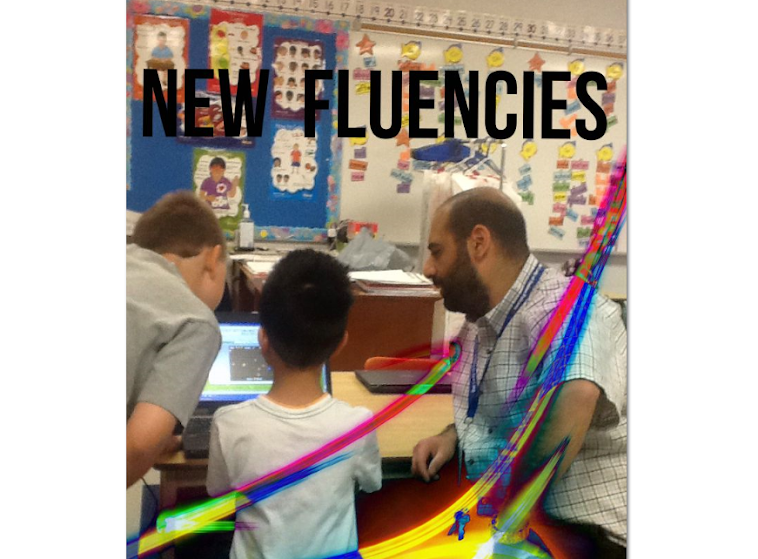I was at the hockey arena on the weekend with my boys for their skating lessons and as they were doing their thing I couldn't help but wonder what my students would say if I asked them how they would measure the perimeter of the skating rink using non standard units. We are talking about perimeter right now so it seemed like a great opportunity for me to try this out without too much stress. The video is "raw" and impromptu so please don't be too harsh in your judgement. I fumble a couple of times and even use the word 'area' as I am trying to set it up for my students. My wife (who is also an elementary school teacher) commented on the 'flaws' of the video but I am sticking to the idea that it is an authentic video and that this whole process would not be so effective if things were planned and polished. Here is the video:
After watching the video the students worked with a partner to talk about what non standard units they could use tho measure the perimeter of the ice rink. After a couple of minutes we brought things back to the whole group and I recorded their ideas. We had a great discussion!
Here is what they came up with:
The students had a lot of fun with this! They enjoyed watching me talk to them about the math and they loved seeing all the items in the video that they could use to measure the perimeter of the ice rink.
I'm looking forward to trying this again! I hope that I can continue to catch real life experiences that I can use in the classroom to help engage my students in their learning. I already have some ideas to try and get them to make connections and work on point of view. I am also interested in asking richer questions/applying Blooms Taxonomy in order to reach my students where they are at and work with them to bump things up.




